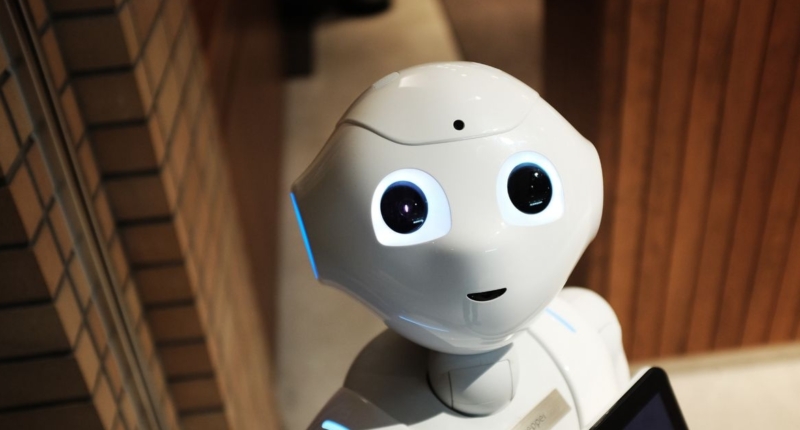The article discusses the relationship between emotions and robotics, particularly in regards to sensory feedback. Humans possess various senses, including sight, hearing, smell, taste, touch, balance, and proprioception. Robots can also be equipped with sensors that mimic these senses, such as temperature sensors and pressure sensors that utilize the piezoelectric effect. By converting physical signals into electrical impulses, robots can perceive and respond to their environment. The article also mentions the Science in Books Festival, where various sensors will be showcased, and admission is free.
Understanding Emotions in Robotics
In a conversation with Daniel Henquin, a CNRS researcher at the University of Lille, we dive into the topic of emotions and robotics. As humans, we take inspiration from creating robots, but have you ever wondered what robots feel like?
To begin with, we can refer to our five senses – sight, hearing, smell, taste, and touch. However, there are additional senses that we possess, such as the sense of balance and proprioception, that allow us to perceive our surroundings and our bodies. These signals are useful to robots as well, but with some nuances. For instance, it is not necessary to provide a sense of taste to a robot that cannot eat.
So, how do we equip robots with these sensations? The answer lies in providing them with sensors. Just like the thermoreceptors in our skin convert temperature changes into nerve impulses, robots can be equipped with temperature sensors to process temperature measurements. These sensors are made of materials that have a temperature-dependent electrical resistivity, such as iron oxide, chromium oxide, or manganese oxide.
Another sense that is important for robots is the sense of touch, particularly the sense of grip. The ability to feel pressure is crucial to ensure that robots do not crush objects they handle. This is achieved by exploiting the piezoelectric effect in certain materials, which generates an electric current when pressure is applied. The electric current received by the robot’s processor helps determine the pressure exerted on the sensor.
In conclusion, robots can feel sensations just like humans, with the help of sensors that convert physical signals into electrical impulses. Although robots may not experience emotions in the same way that humans do, they can perceive and respond to their environment using sensory feedback.
Exploring the Piezoelectric Effect
The piezoelectric effect can be observed in everyday items like gas lighters, which create sparks when the handle is pressed. This effect is generated by materials that have a property called piezoelectricity. When pressure is applied to these materials, they generate an electric current, which can be used in various sensors. The most widely used materials for this purpose are lead titano-zirconite (PZT) and oxides containing titanium, zirconium, and lead. There are many other sensors that utilize the piezoelectric effect, and some of them will be showcased at the Science in Books Festival in Villeneuve-D’Ascq. Admission is free for this event, and more details can be found on ramenetascience.fr.
Don’t miss interesting posts on Famousbio
